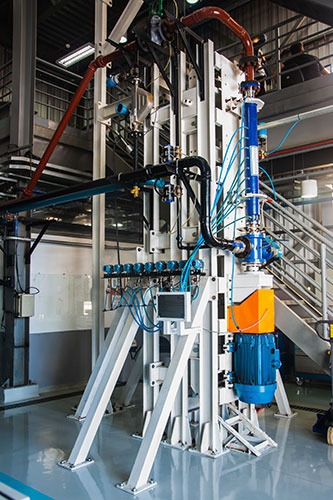
The oil industry uses the term lifting to refer to the process of vertically transporting fluids extracted from a reservoir, which must flow from the well bottom to the production facilities. Artificial Lift methods are used when the reservoir lacks sufficient energy to lift the fluids up to the surface or when the flow rate produced naturally is not economical.
Proper selection of an Artificial Lift method for a given production system is a strategic decision that involves evaluating reservoir characteristics, such as temperature, pressure, optimal production flow rate and fluid properties, and well characteristics, i.e., depth, slope, completion, and surface facilities.
Over the last 20 years, the ALFA group has been developing fundamental and applied studies in Artificial Lift, assisting the exploration of several oil fields. The experimental studies are performed in laboratory and pilot scale under flow-controlled conditions. The development of numerical approaches, and physical and empirical models has been paramount for the design of Artificial Lift systems.

